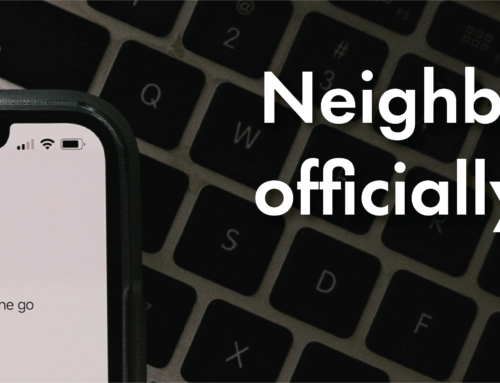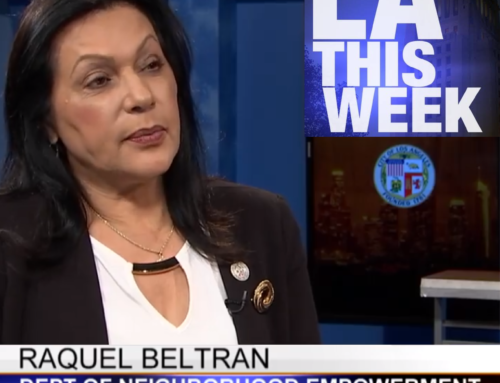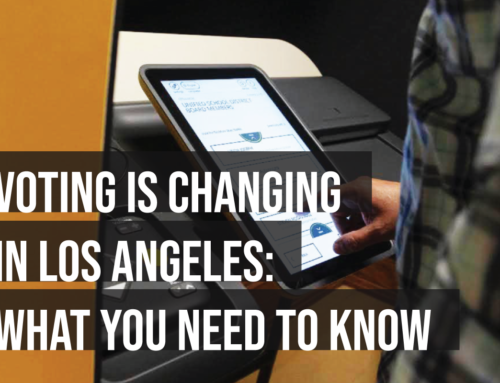Mayor Garcetti Announces Solar Pilot Project To Reduce Energy Use, Provide Power To First-Responders In Emergencies
Mayor Eric Garcetti announced an innovative pilot project at a Los Angeles Fire Department station to reduce energy use, enhance energy security, and maintain crucial emergency services in the event of earthquakes or climate-related disruptions.
The Resilient Solar Pilot Project involves installation of a solar energy system, tied to both the electrical grid and backup battery power. The initiative will boost the City’s emergency response capabilities after a natural disaster that could disrupt the electrical grid, and increase the use of clean, locally-produced energy.
Mayor Garcetti was joined by U.S. Secretary of Energy Ernest Moniz in making the announcement, which coincided with the release of the U.S. Department of Energy report “Climate Change and the U.S. Energy Sector: Regional Vulnerabilities and Resilience Solutions.” Mayor Garcetti served on the President’s Climate Task Force, and highlighted the need for grid-tied, backup solar systems. That recommendation was included in the task force’s final report to President Obama.
“I’ve made earthquake preparedness a top priority for Los Angeles, and now Secretary Moniz’s report shows our nation’s electrical grid is also vulnerable to climate-related disruptions like drought, extreme heat, and increased fires,” said Mayor Garcetti. “We have one of the most reliable power systems in the country, but if the power goes out in L.A., we must make sure our emergency operations are up and running. On-site resilient solar power systems, like this pilot, can keep first-responders insulated from disruptions to the electrical grid. It is cleaner than fossil-fuel generated electricity that travels across hundreds of miles of wires.”
The pilot project is a collaboration between the City, the L.A. Fire Department Foundation, and Bollore Group, a French investment and industrial holding group that will cover the solar energy system’s estimated $300,000 cost. The solar energy system will be placed at a yet-to-be determined fire station, and tied to both the grid and a battery backup system that is sized in order to maintain “critical load” — which is the amount of electricity needed to power key systems that first-responders would need in the event of a major emergency.






